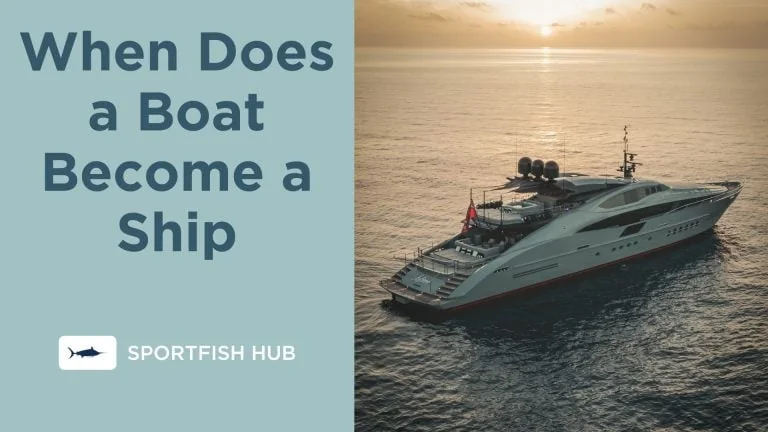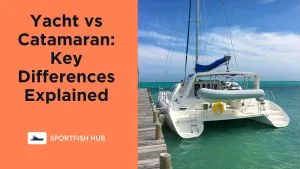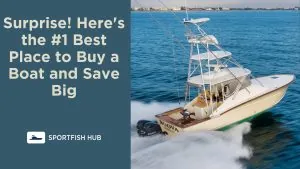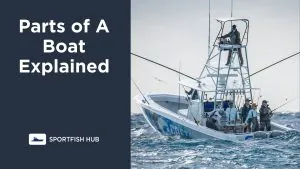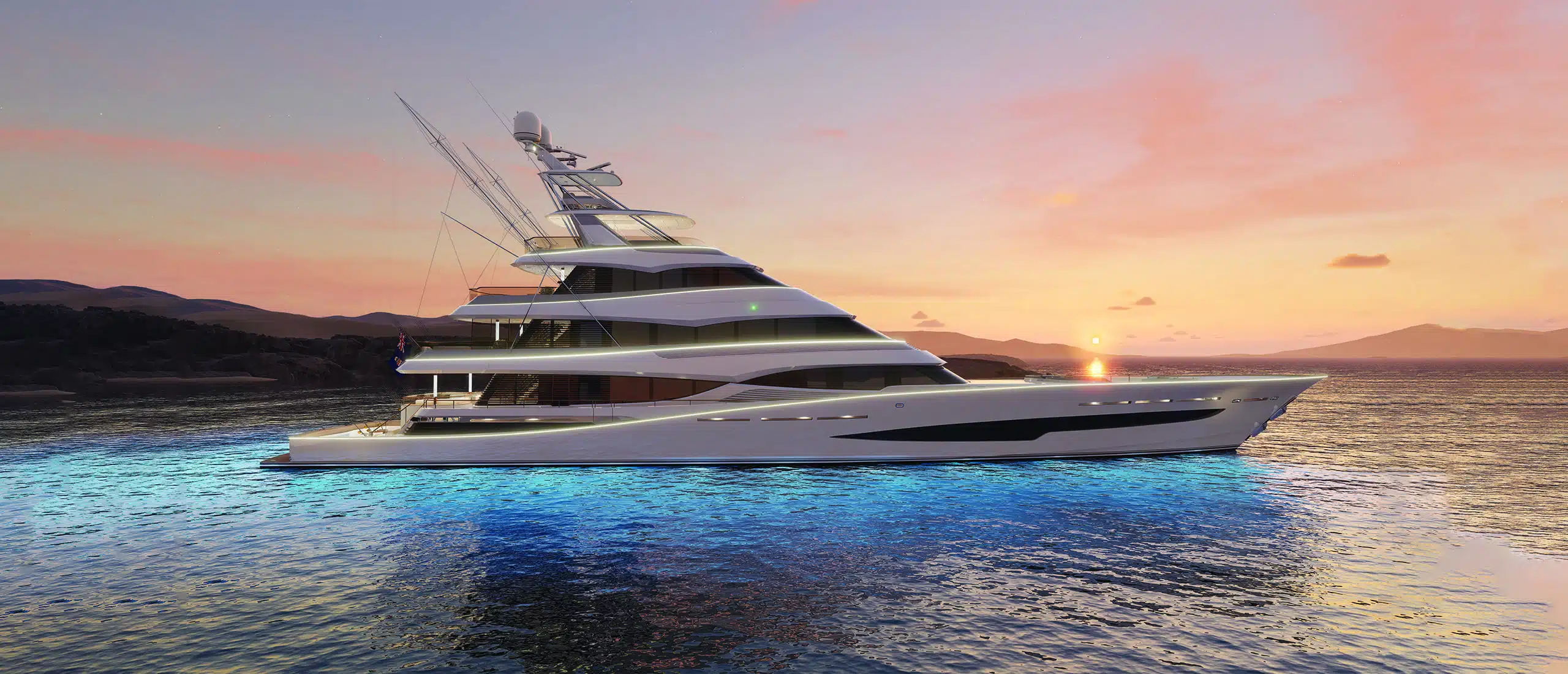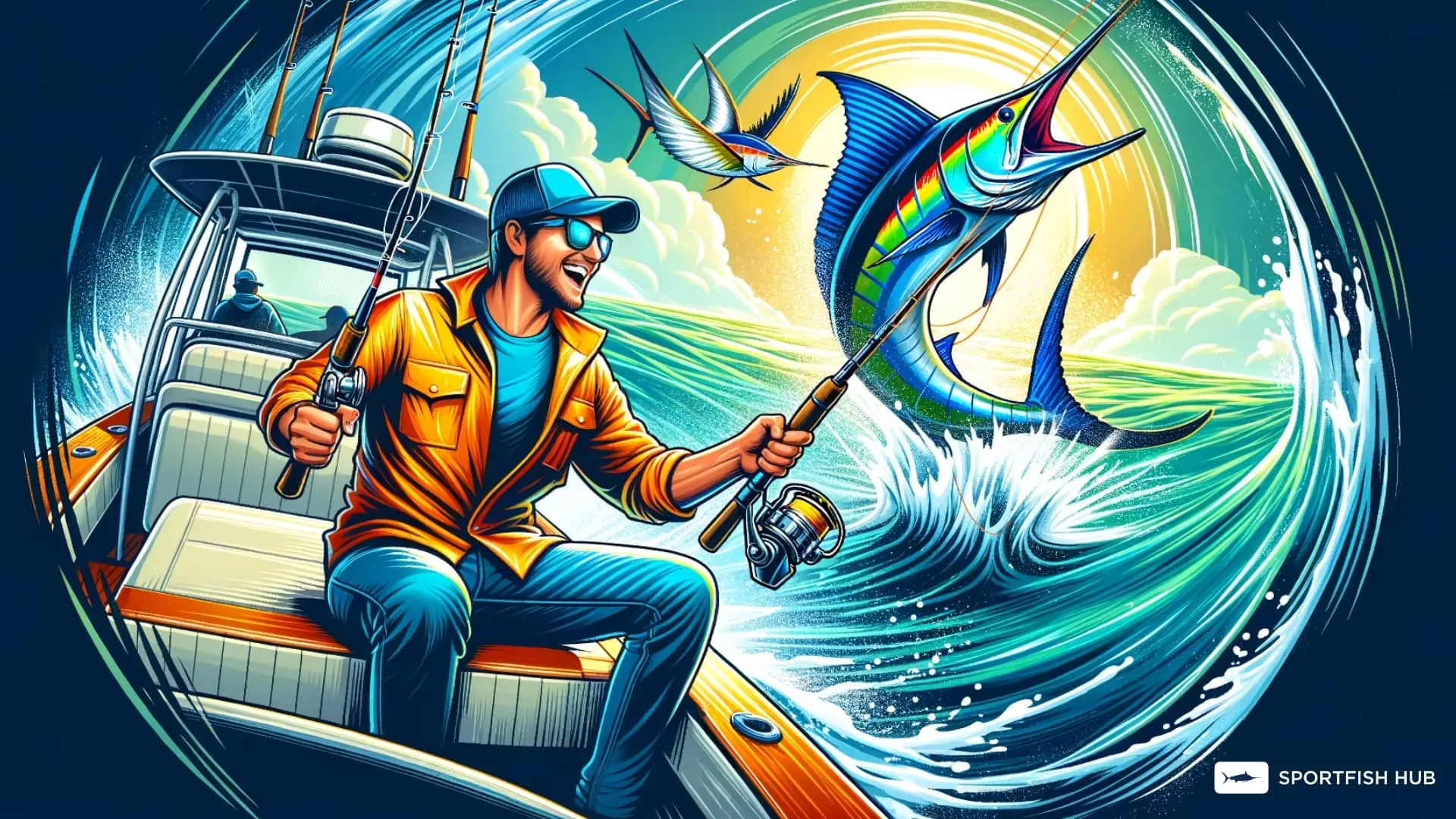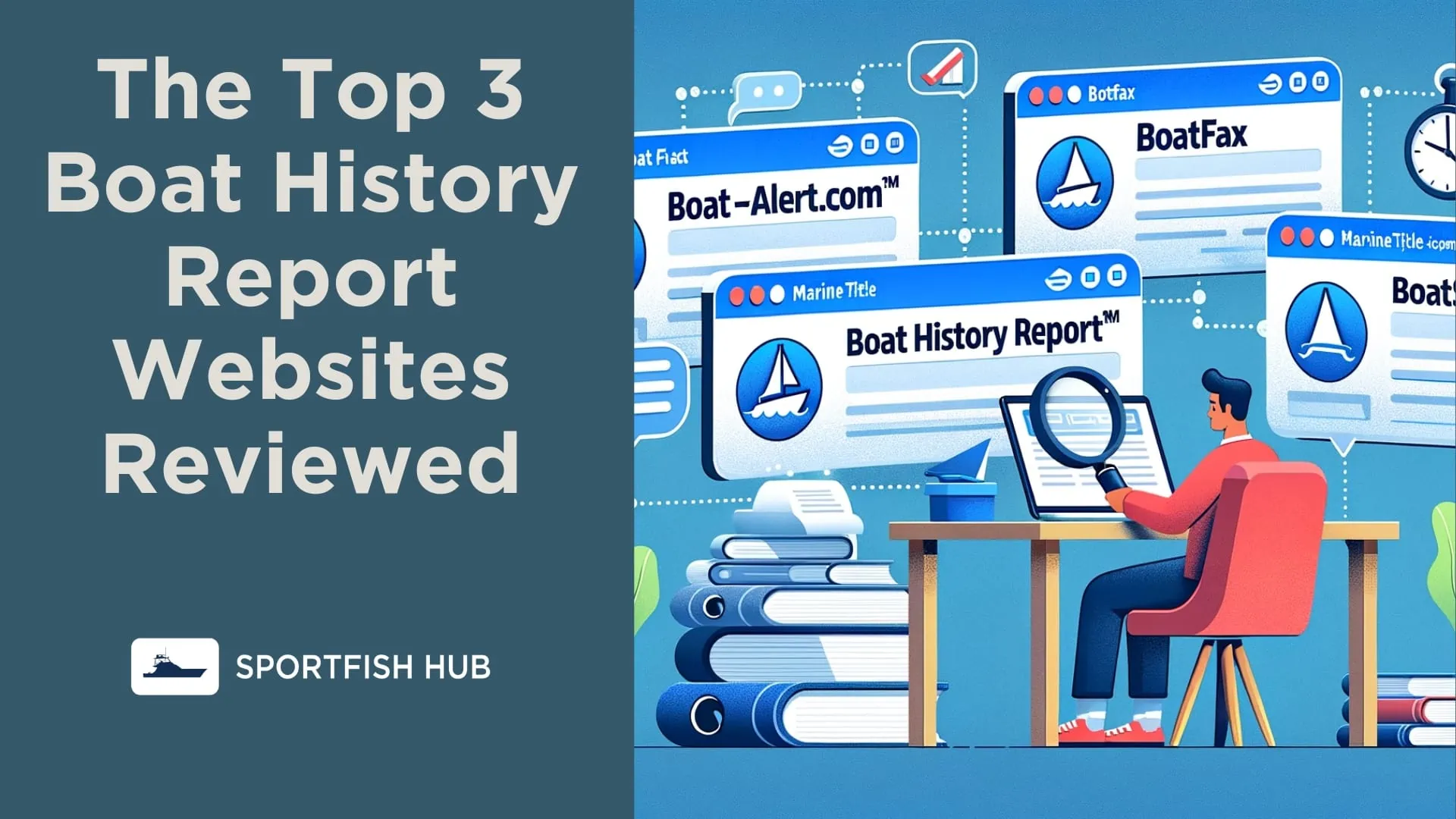The terms “boat” and “ship” are often used interchangeably in casual conversation.
However, there are some key differences between the two that are important to understand, especially for maritime professionals and enthusiasts.
This article will provide a comprehensive overview of the distinctions between boats and ships based on size, power, hull design, crew and cargo capacity, history, classifications, and more.
The Basic Distinctions
Size Matters: Boat vs Ship Dimensions
The most fundamental distinction between a boat and a ship is size. Generally, boats are smaller craft that can be carried onboard ships, while ships are larger vessels that transport boats.
There is no universally accepted size cutoff, but many sources consider vessels under 100 feet to be boats, while ships are over 100 feet in length. Weight also plays a role, with boats weighing under 500 gross tons and ships being over 500 tons.
When Does Size Make a Difference?
Size affects factors like range, seaworthiness, and cargo/passenger capacity. Ships are designed for long voyages and transport, while boats are more limited in range and capacity. A rowboat could never make an ocean crossing like a cruise ship.
Powering Through: Engines and Sails
The mechanics used to power boats and ships also differ significantly. Ships rely on powerful propulsion from multiple large engines or sails. A cruise ship may have six 13,500 horsepower engines, while sailboats use wind.
The Complexity of Ship Engines
Modern ships have complex integrated systems with diesel engines, gas turbines, generators, and other machinery. Their engines need to reliably propel enormous loads over long distances.
The Simplicity of Boat Engines
Meanwhile, boats employ simpler systems like outboard motors and smaller inboard engines. Some boats rely solely on human power from rowing or paddling. Their propulsion just needs to cover shorter distances close to shore.
The Technicalities
Hull Shapes and Types
The hull, which forms the main body of a vessel, also differs between boats and ships. Hull design affects hydrodynamics, stability, and capacity.
Displacement Hulls
Most ships have displacement hulls, which push water out of the way to move through it. This makes them stable but slower.
Planing Hulls
Many boats are planing hulls, designed to hydroplane and “skim” across the water at higher speeds. But this makes them less stable in rough seas.
Crew and Cargo: The Human and Material Factors
Crew size and cargo capacity are other key distinguishing technical factors between boats and ships.
Why Crew Size Matters
Ships require large crews to operate complex systems and provide services like catering. The largest cruise ships employ over 1,000 crew members. Boats only need a small crew or one pilot.
The Versatility of Cargo Space
Container ships can transport tens of thousands of containers weighing several tons each. Comparatively, boats have very limited cargo space, mostly used for catches on fishing boats.
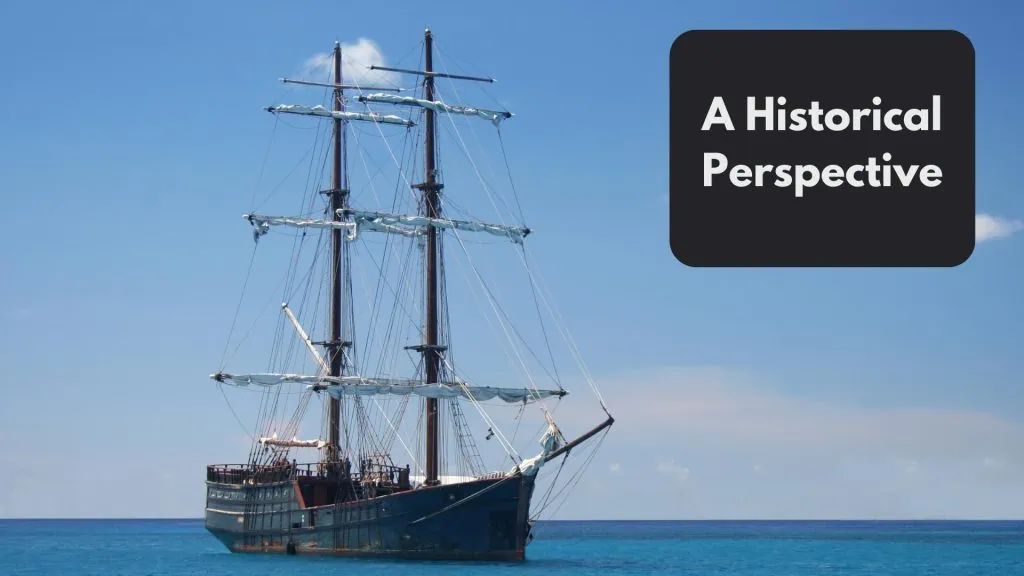
A Historical Perspective
The Evolution of Boats and Ships
Boats and ships have evolved significantly over maritime history as technology and demands changed.
The Age of Discovery
In the 15th-16th centuries, advanced sailing ships enabled global exploration. These multi-masted square-rigged vessels were the largest of their time.
Modern Maritime Advances
Today diesel power, steel hulls, stabilizers, and GPS have enabled immense ships. Yet recreational motorboats have also become popular through mass production.
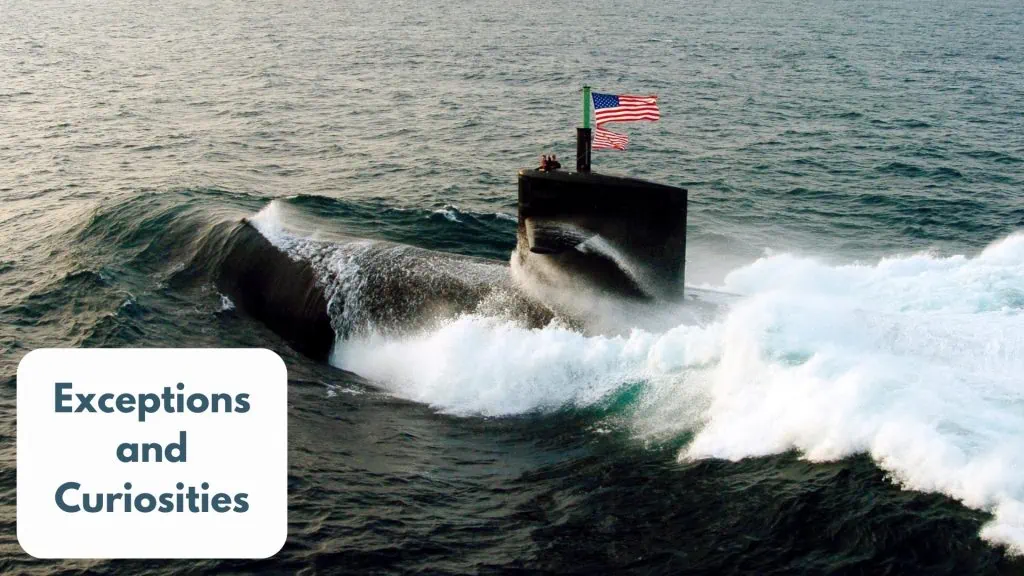
Exceptions and Curiosities
When a Boat is Not a Boat, and a Ship is Not a Ship
There are some exceptions that blur the lines between boats and ships.
The Curious Case of Submarines
Submarines are considered boats due to their nautical history, yet modern subs are huge vessels that exceed dimensions of many surface ships.
Historical Anomalies
Some historical vessels like old warships had fewer than three masts, normally a requirement to be a ship. Categorization was looser in the past.
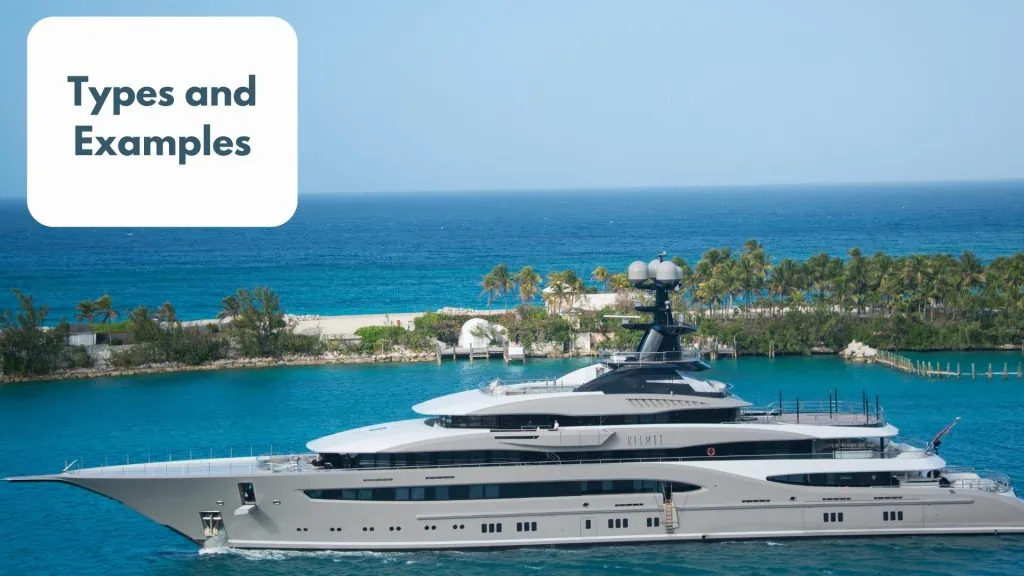
Types and Examples
From Yachts to Tankers: Types of Boats and Ships
There is a wide variety of boat and ship types suited to different functions.
Leisure Vessels: Yachts and Sailboats
Yachts are large, luxurious recreational vessels. Sailboats come in many sizes optimized for leisurely sailing.

Working Vessels: Cargo Ships and Fishing Boats
Cargo ships transport freight in containers. Fishing boats are optimized for catching fish offshore or nearshore.
Conclusion
In summary, while casual usage of “boat” and “ship” often overlaps, there are important technical differences between the two terms. Factors like size, propulsion, hull design, crew and capacities distinguish them for maritime purposes. Ship capabilities enable transoceanic voyages and transport, while boats are smaller craft optimal for nearshore use.
FAQ
-
What is the largest ship in the world?
As of my knowledge cutoff in September 2021, the largest ship in the world by length is the “Seawise Giant” (also known as “Knock Nevis”), an oil tanker that measures 458.45 meters in length.
-
What is the smallest boat in the world?
The smallest boat in the world is believed to be the “Father’s Day,” a tiny boat measuring just 1.79 meters in length.
-
What materials are commonly used to build boats and ships?
Boats and ships can be made from a variety of materials, including wood, fiberglass, steel, and aluminum. The choice of material depends on the intended use of the vessel.
-
What is the lifespan of a ship?
The lifespan of a ship can vary greatly depending on its type, usage, and maintenance. However, commercial ships typically have a lifespan of around 25 to 30 years.

